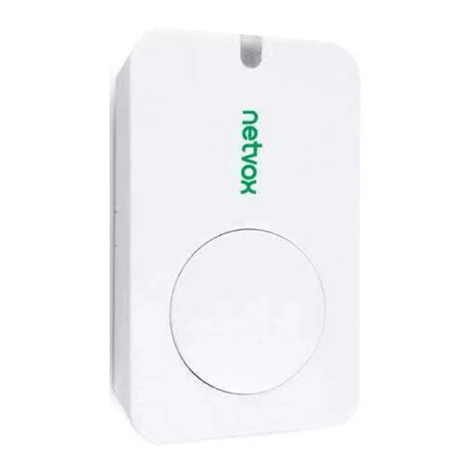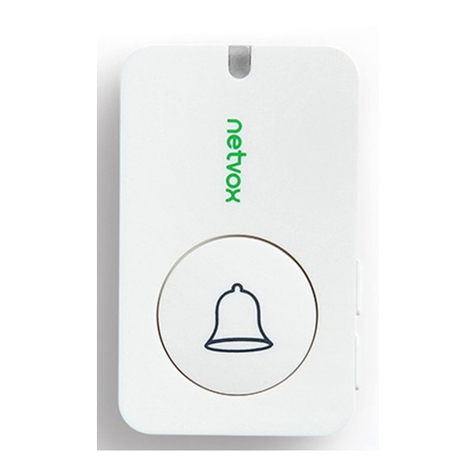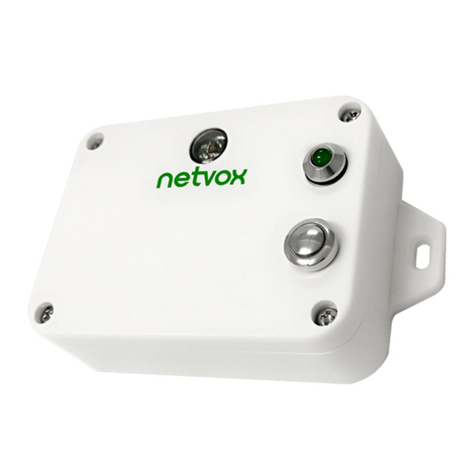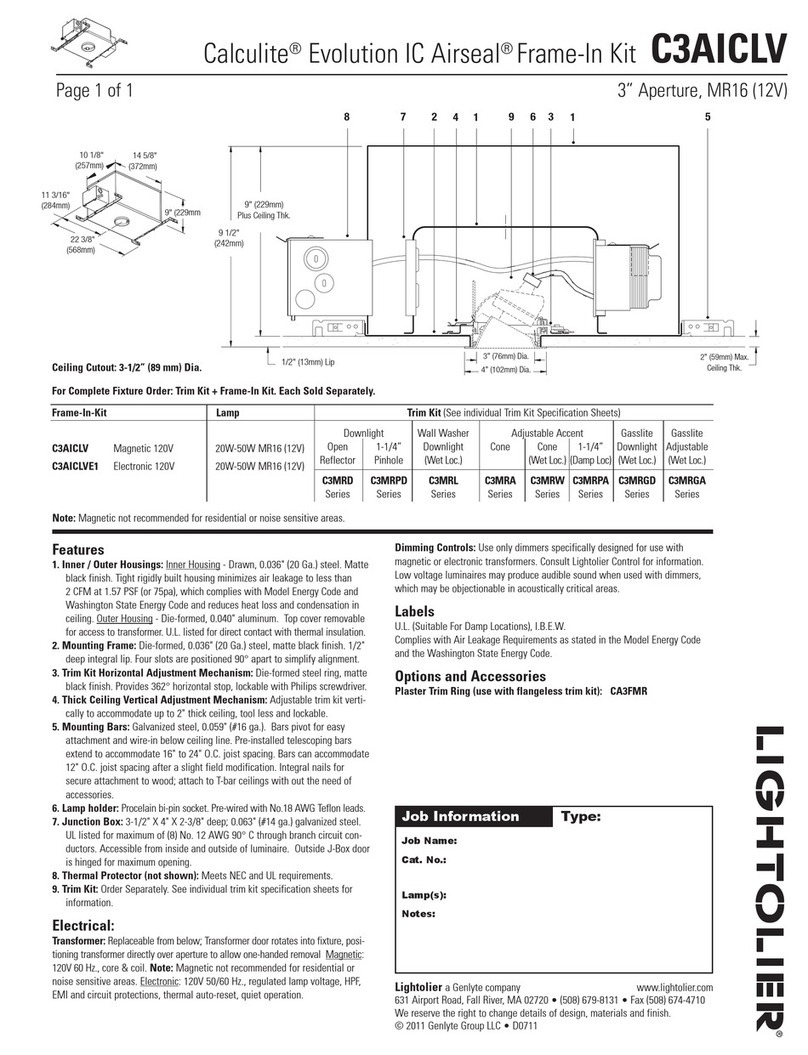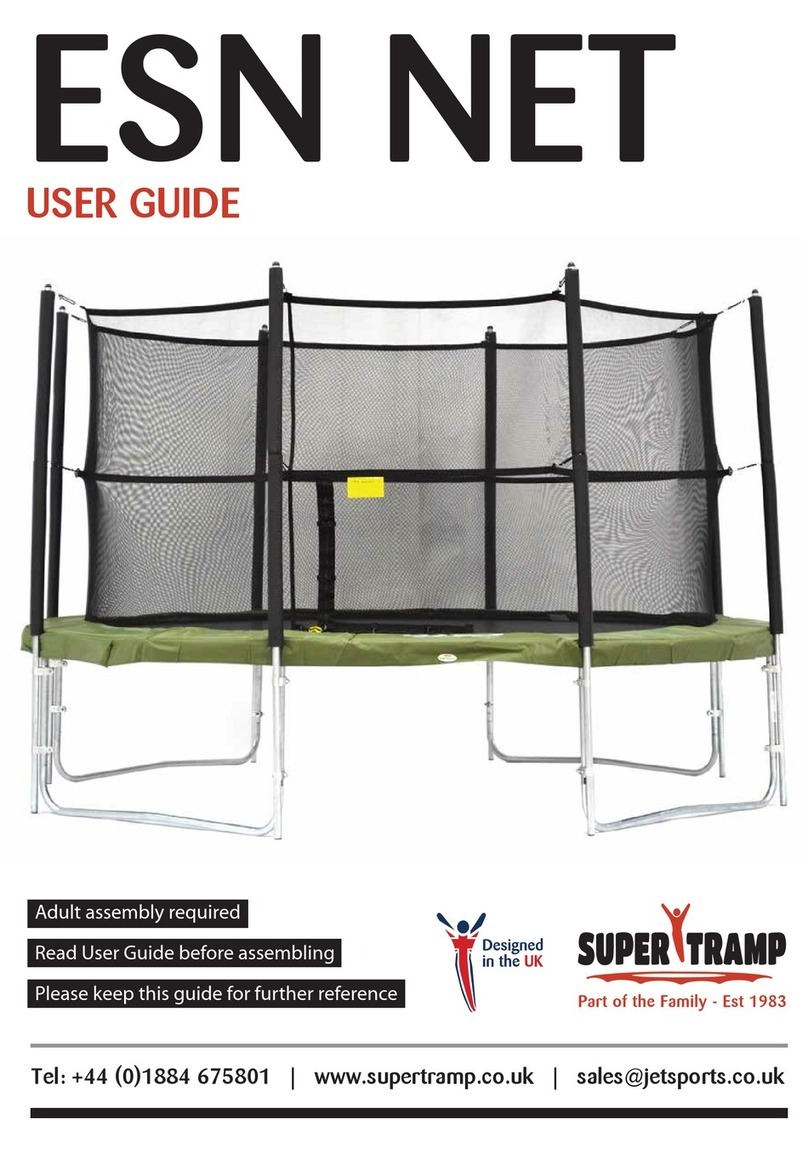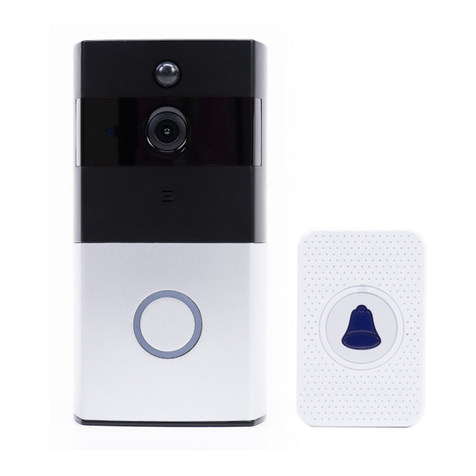netvox R718VB User manual















Other manuals for R718VB
1
Table of contents
Other netvox Accessories manuals
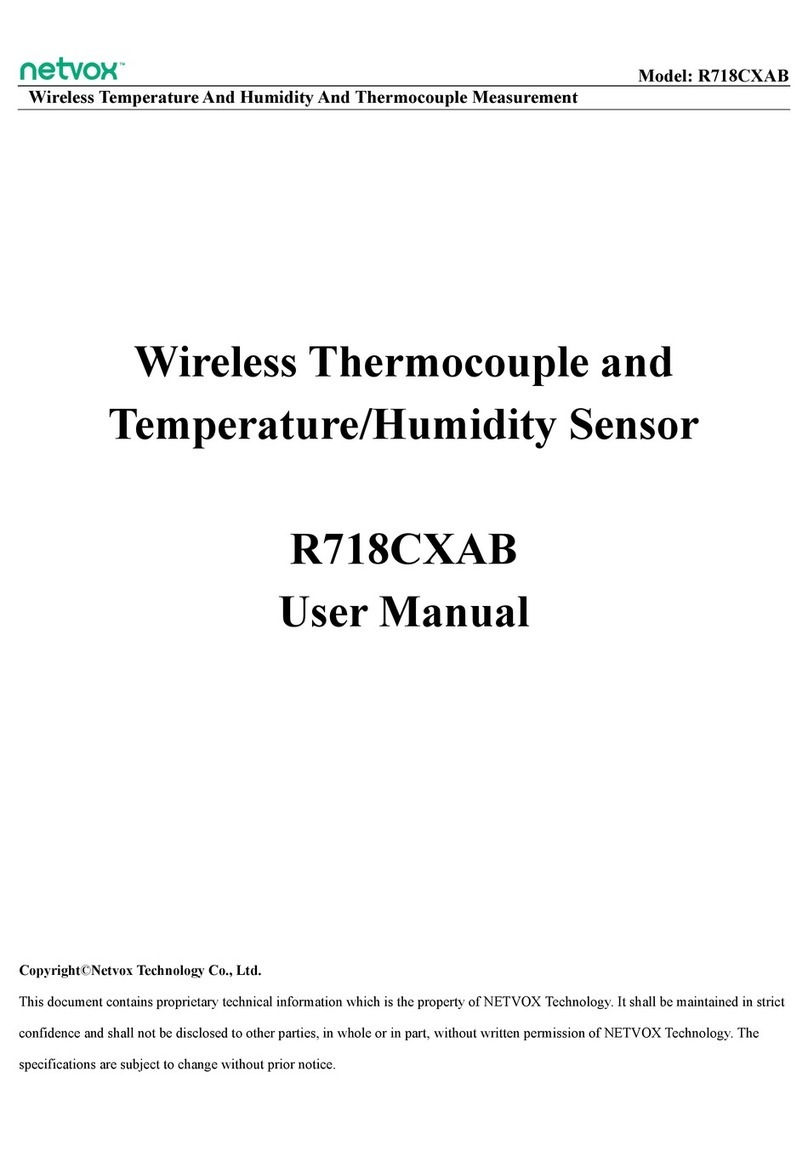
netvox
netvox R718CXAB User manual
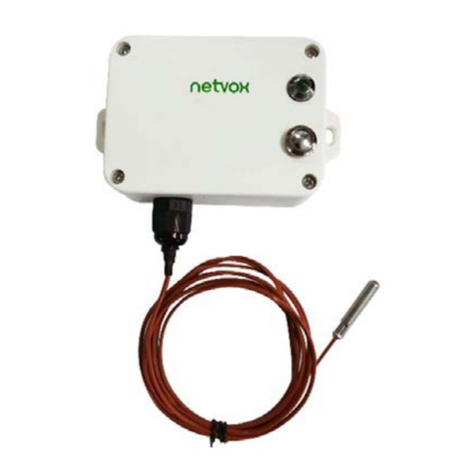
netvox
netvox R718B1 Series User manual
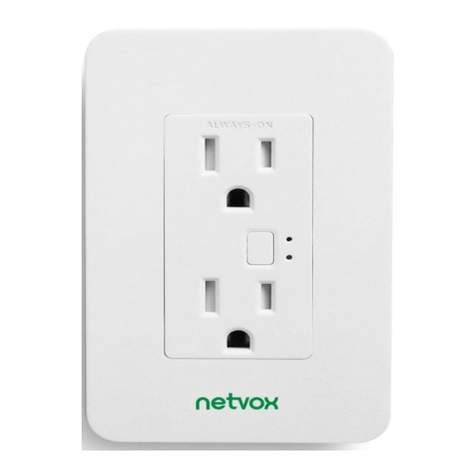
netvox
netvox R816B User manual
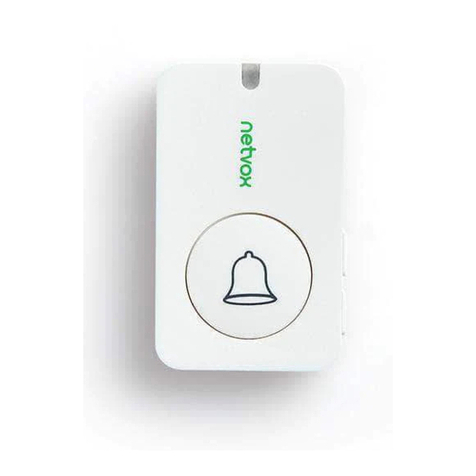
netvox
netvox R313M User manual
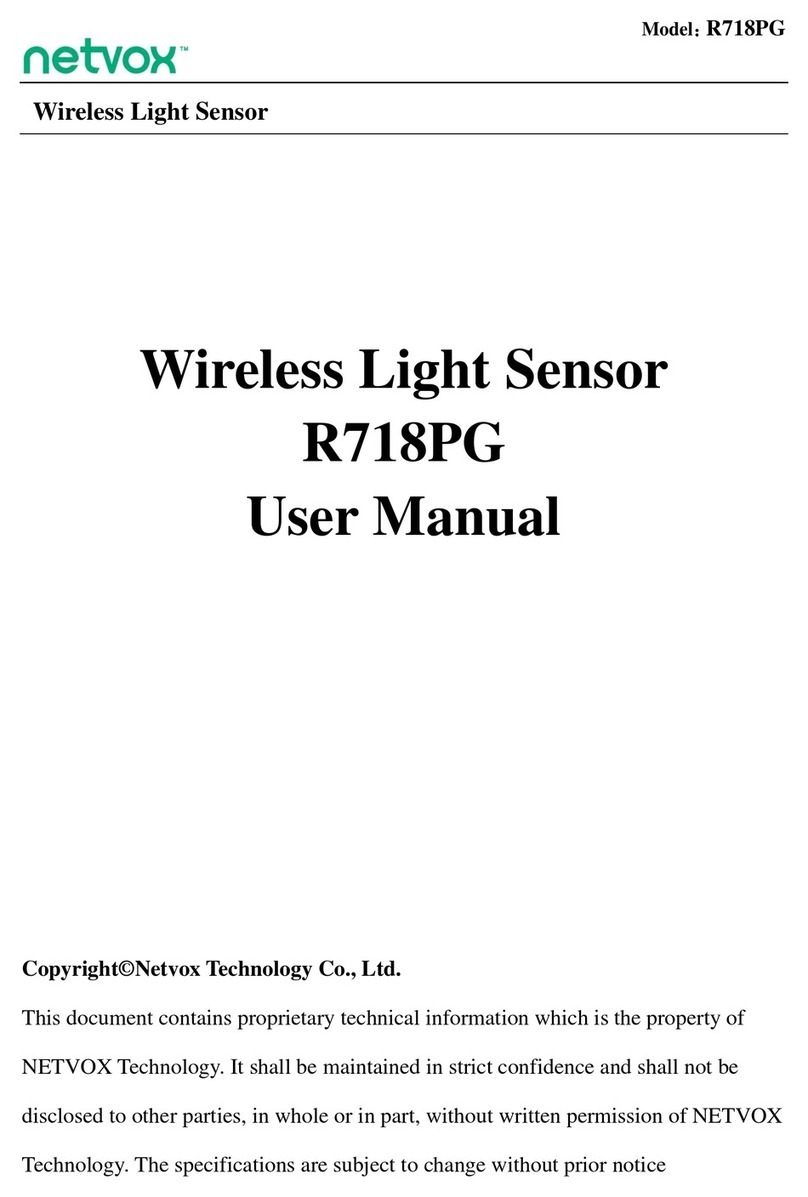
netvox
netvox R718PG-AS923 User manual
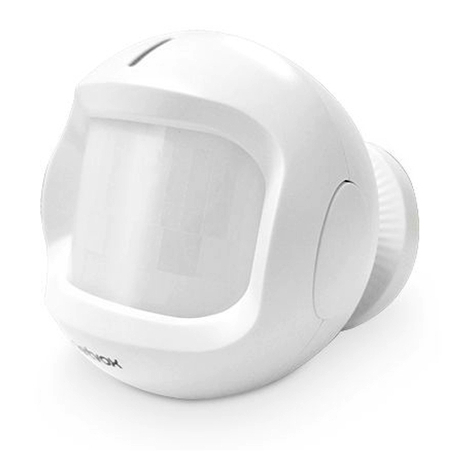
netvox
netvox RB11E User manual
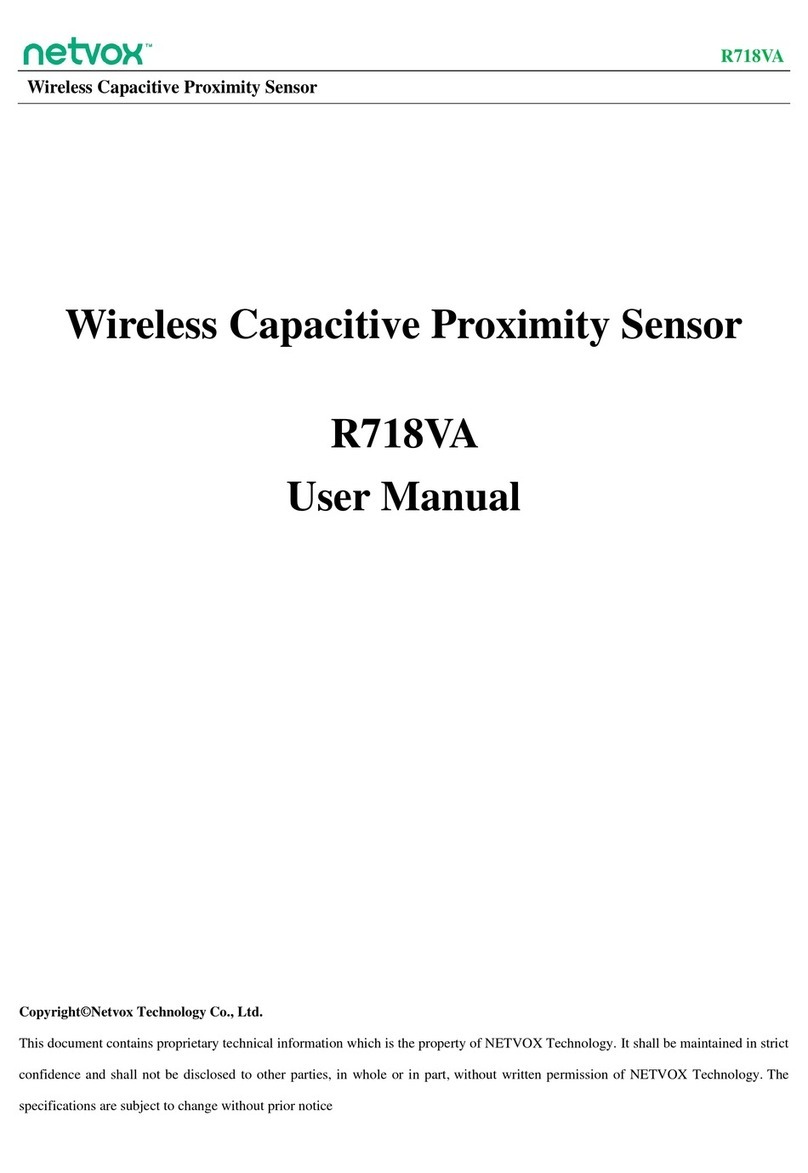
netvox
netvox R718VA User manual

netvox
netvox R718DA2 User manual
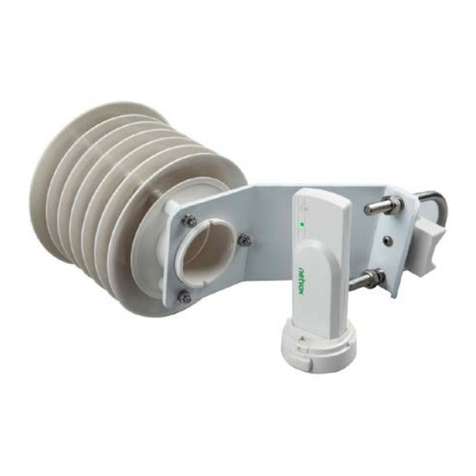
netvox
netvox R712 User manual
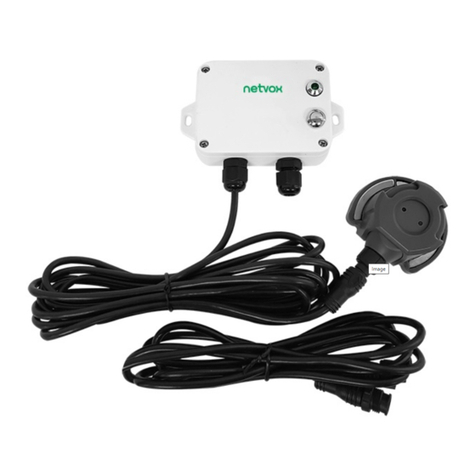
netvox
netvox R718PA22 User manual

netvox
netvox R311CA User manual
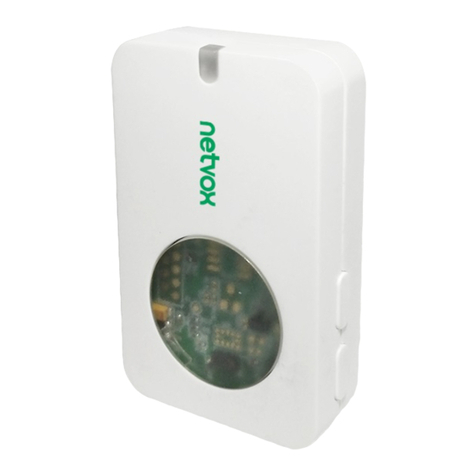
netvox
netvox R311LA User manual
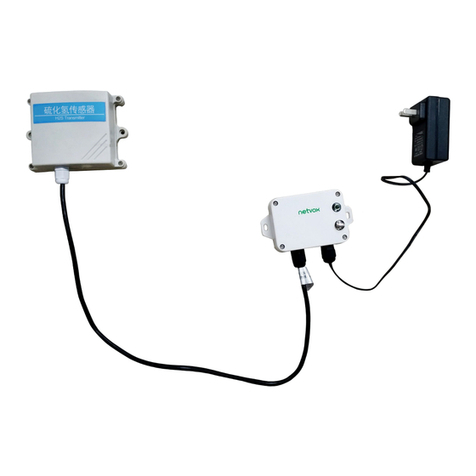
netvox
netvox R718PA4 User manual
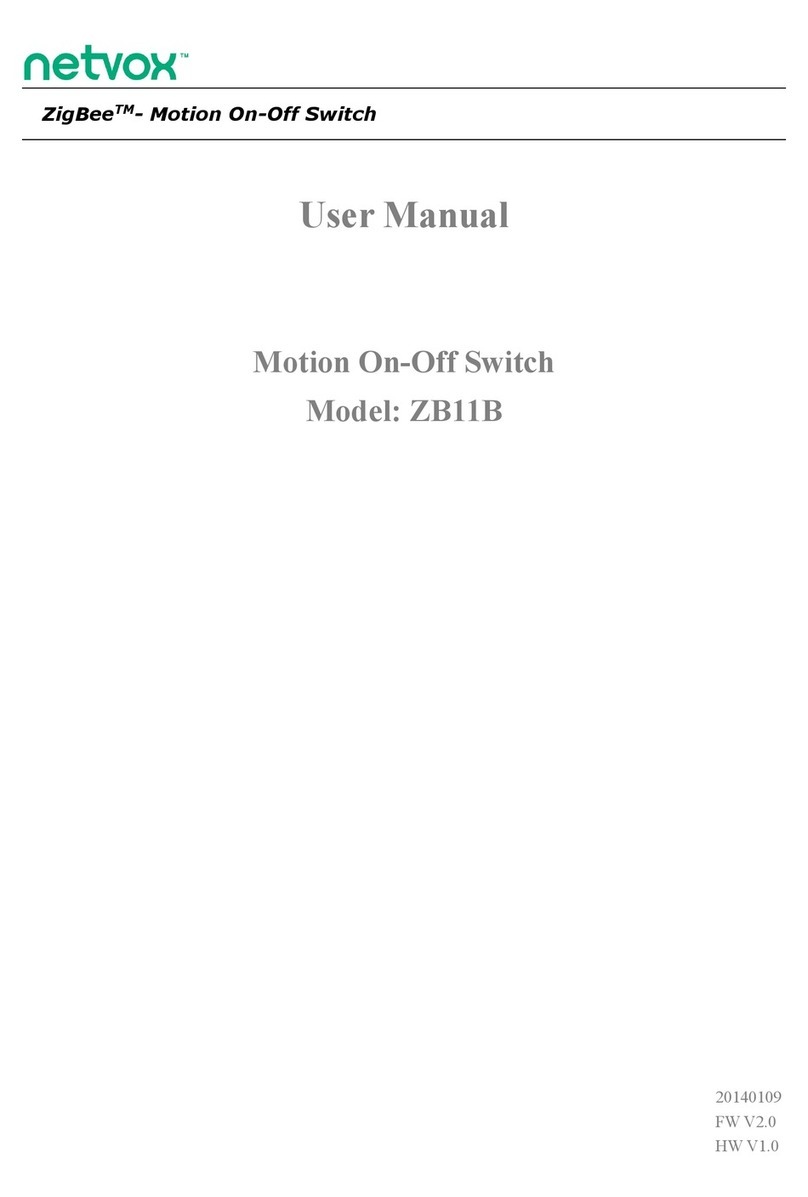
netvox
netvox ZigBee ZB11B User manual
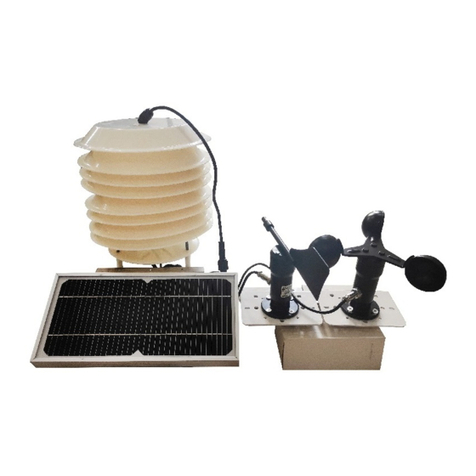
netvox
netvox RA0730 User manual
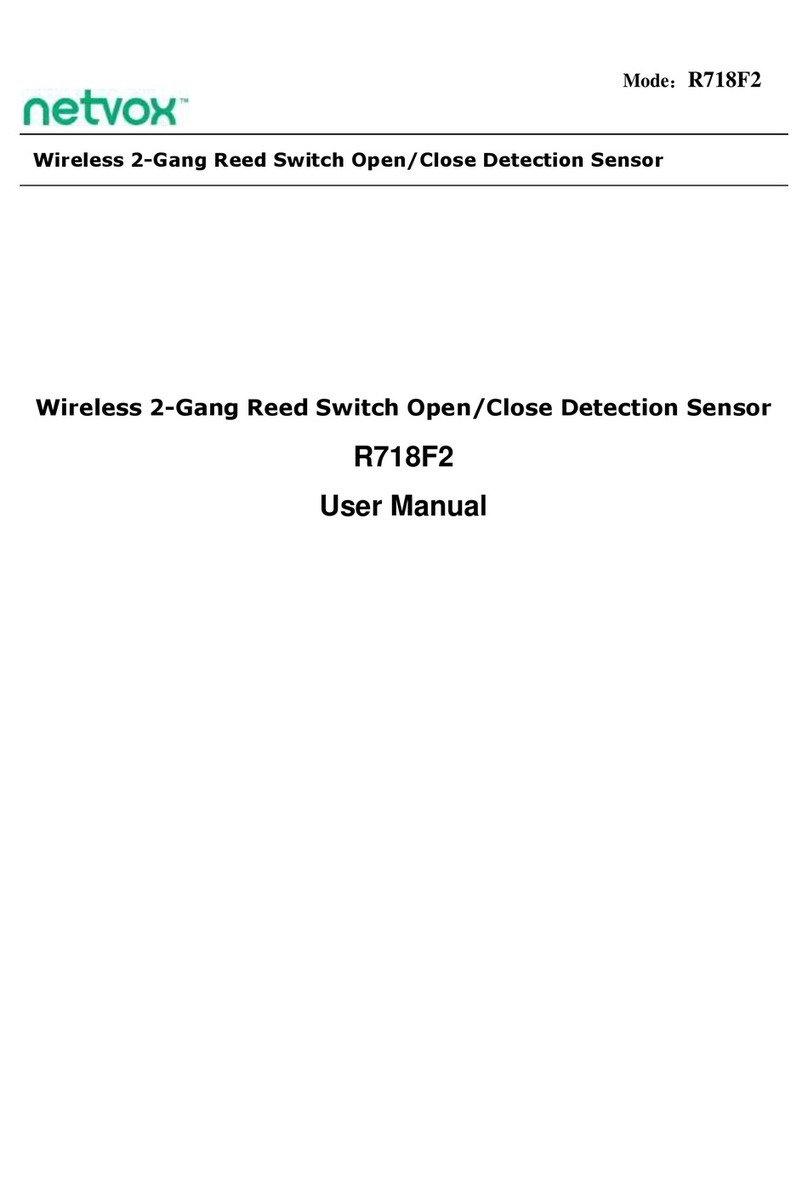
netvox
netvox R718F2 User manual
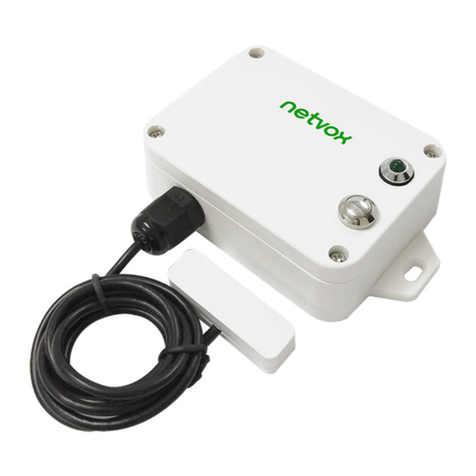
netvox
netvox R718DA User manual
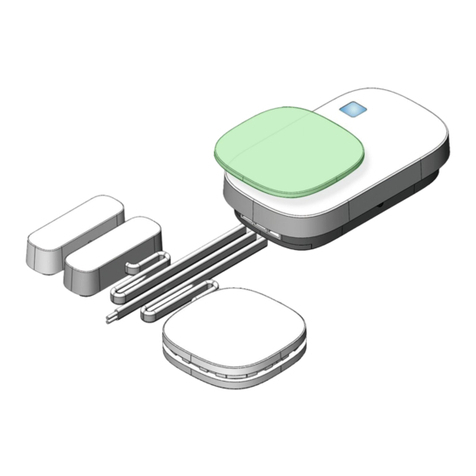
netvox
netvox R315 Series User manual
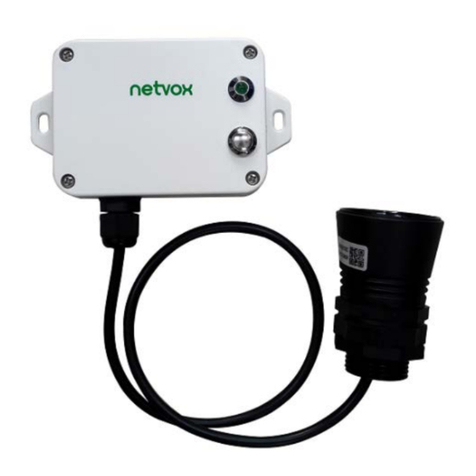
netvox
netvox R718PE01 User manual

netvox
netvox R718G User manual
Popular Accessories manuals by other brands
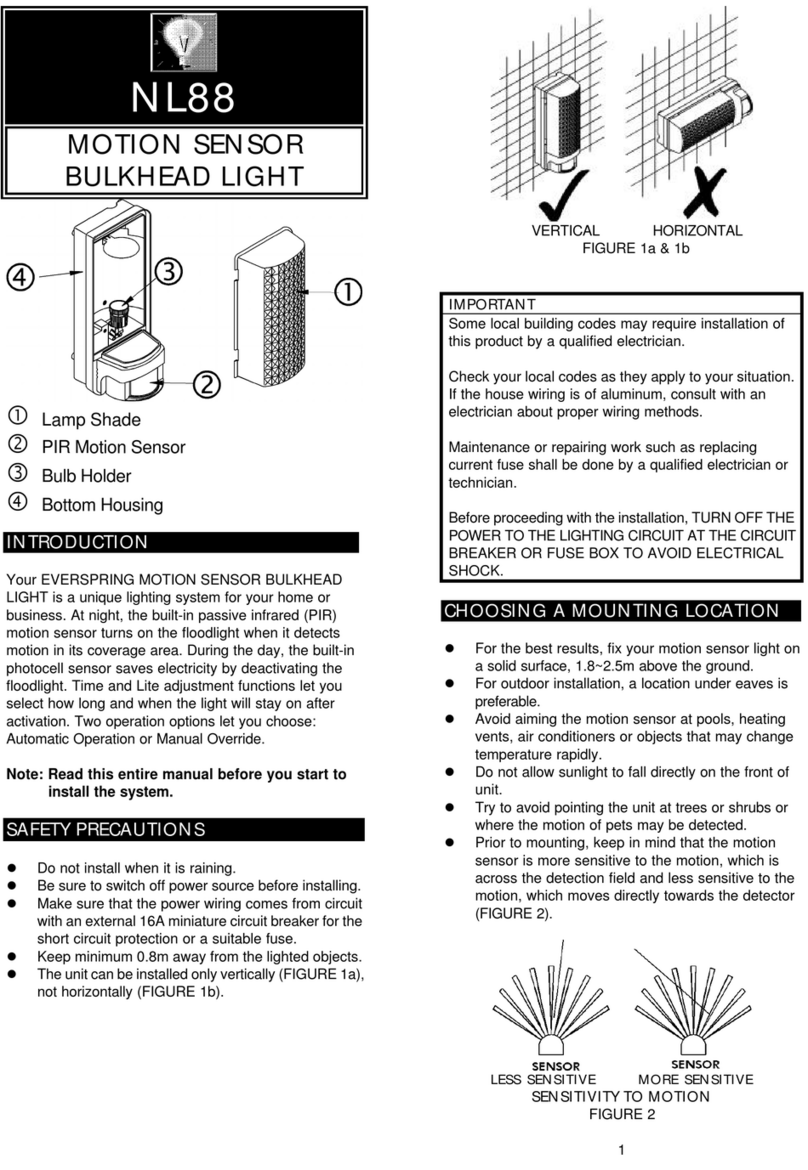
Lynteck
Lynteck NL88 manual

MicroBot
MicroBot Alert user guide
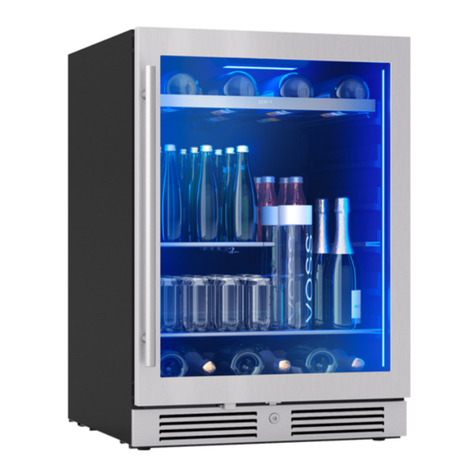
Zephyr
Zephyr Presrv PRB24C01CG Use, care and installation guide

Wizard
Wizard SmartScreen Motorized installation instructions
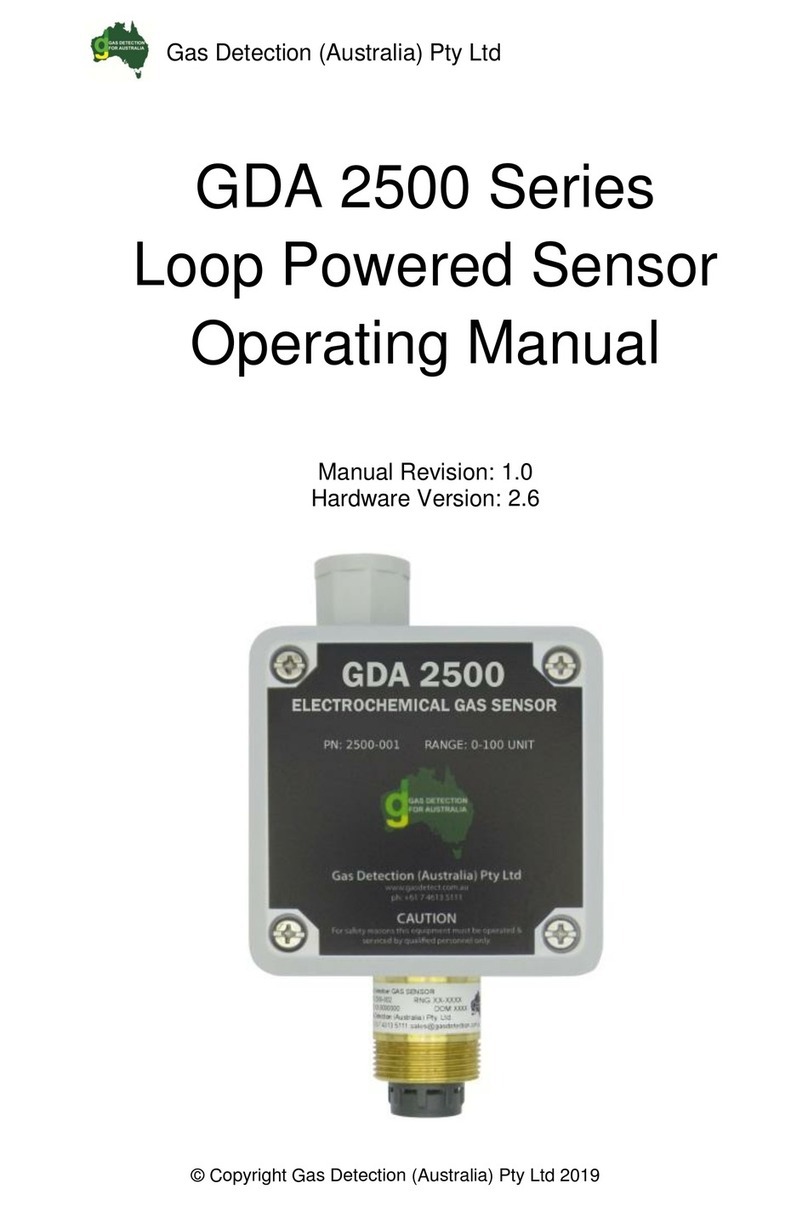
Gas Detection
Gas Detection GDA 2500 Series operating manual

La Crosse Technology
La Crosse Technology TX5 instruction manual
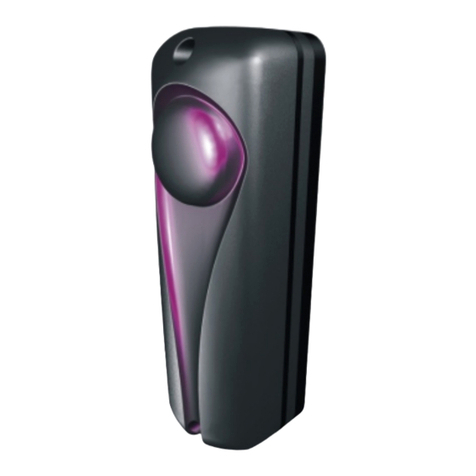
Erone
Erone SEFMC2410 quick start guide
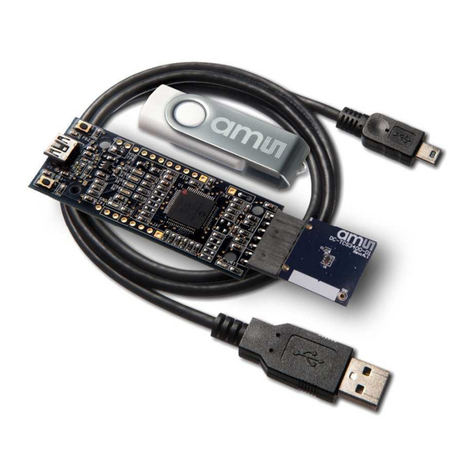
AMS
AMS TCS3400 EVM user guide

Garmin
Garmin Intelliducer Transom Mount Sensor with Depth & Temperature (NMEA... installation instructions

Waeco
Waeco CA-40, 44000-02 instruction manual
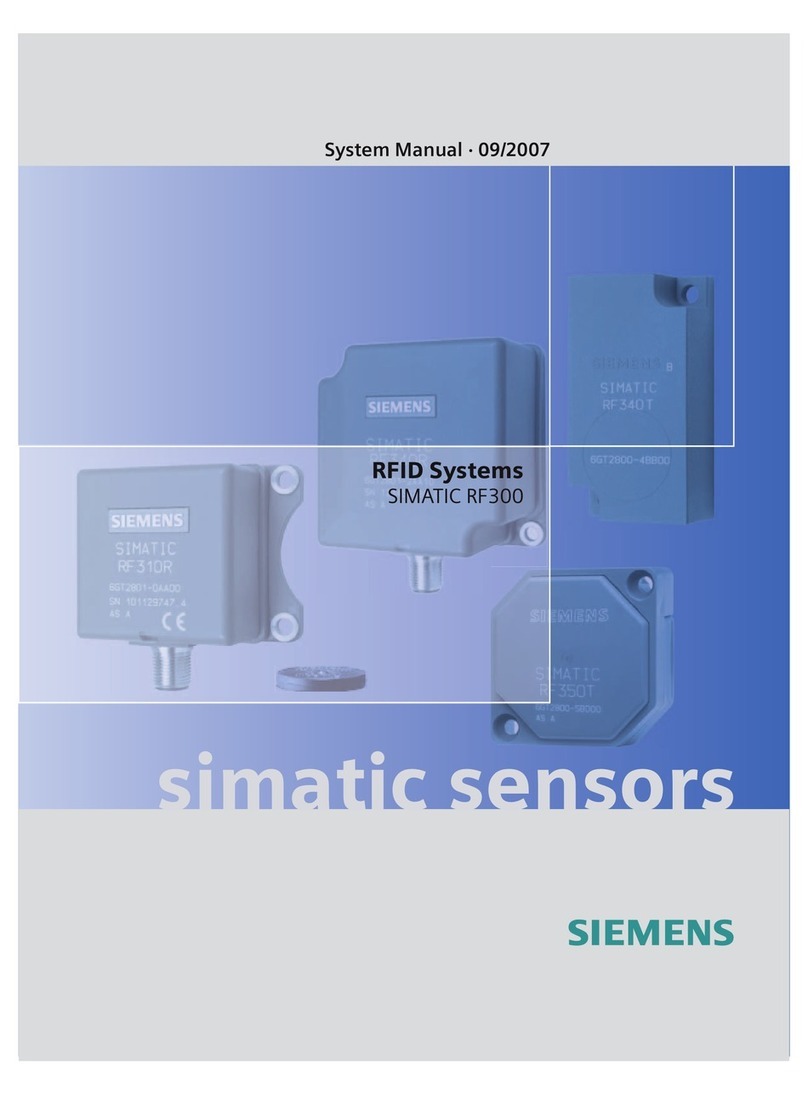
Siemens
Siemens SIMATIC RF300 System manual
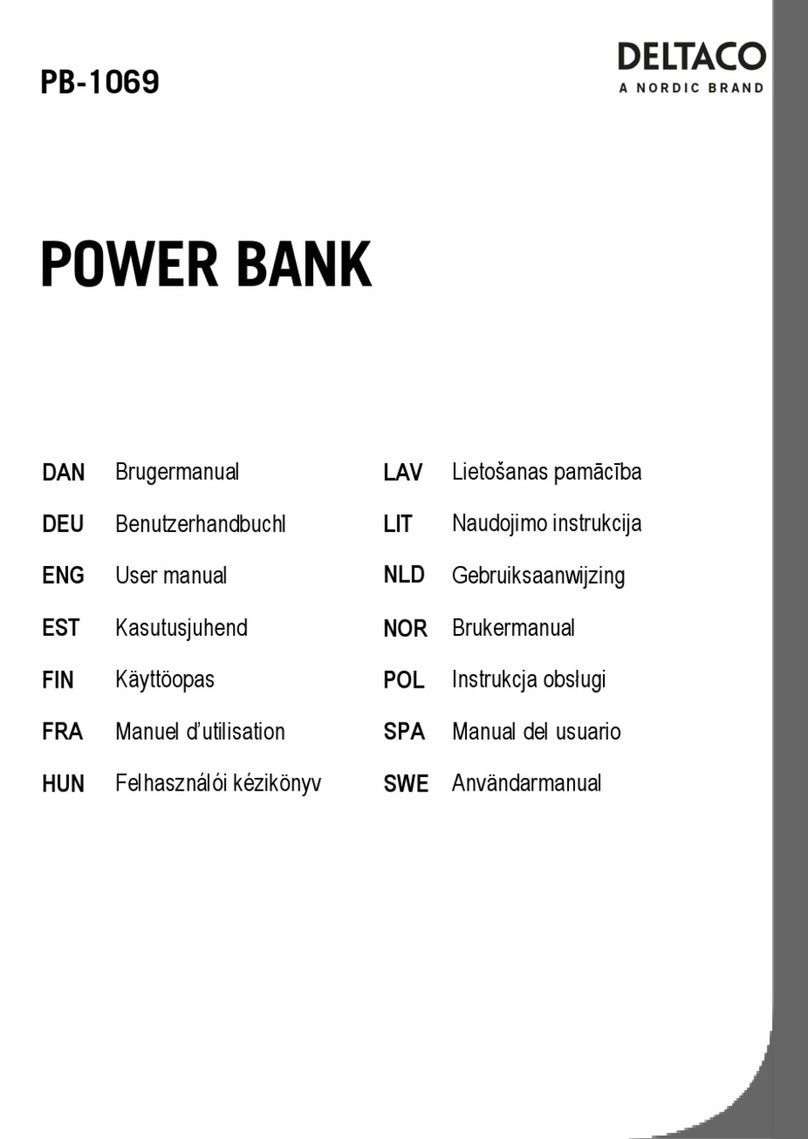
Nordic
Nordic DELTACO PB-1069 user manual
